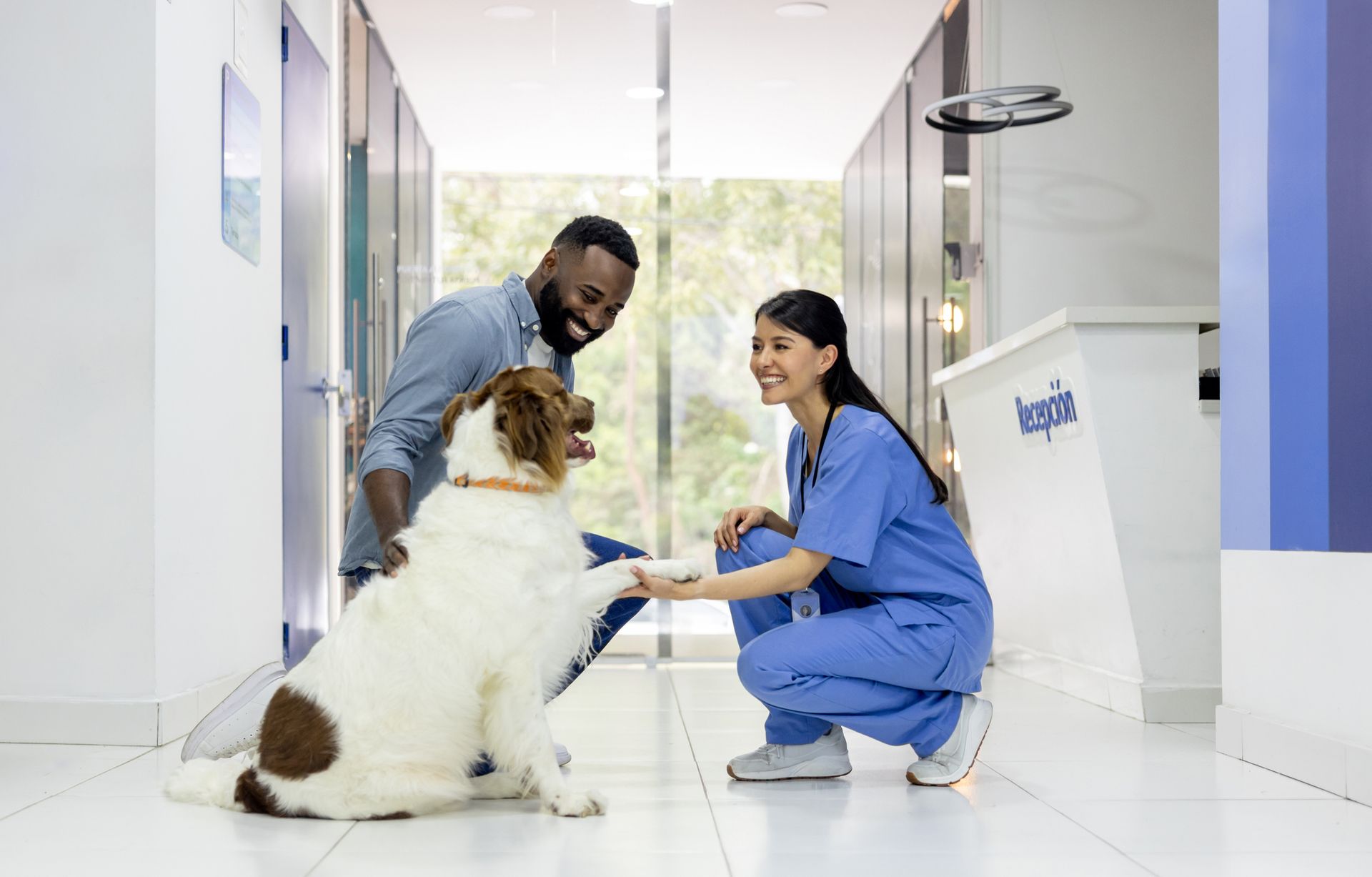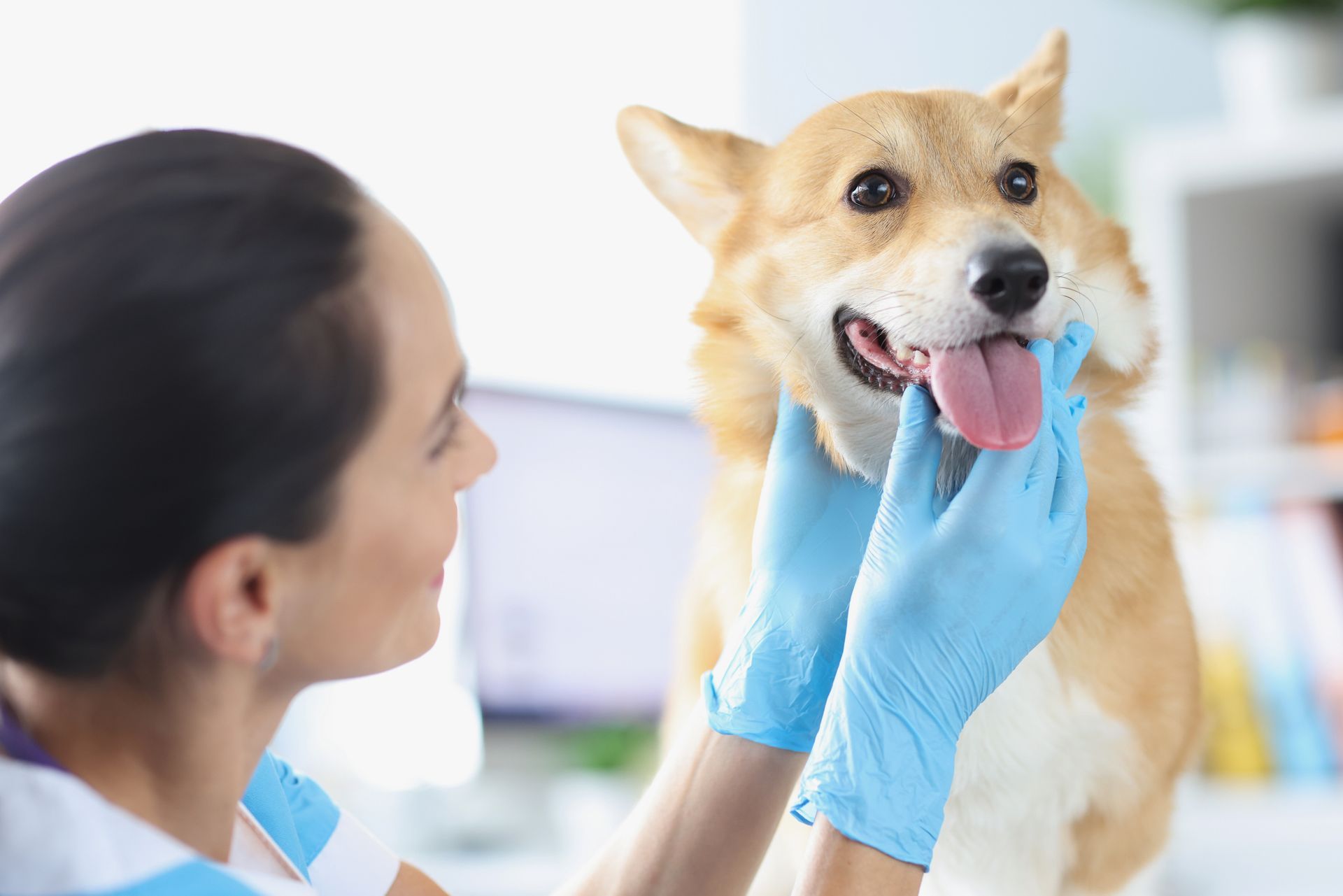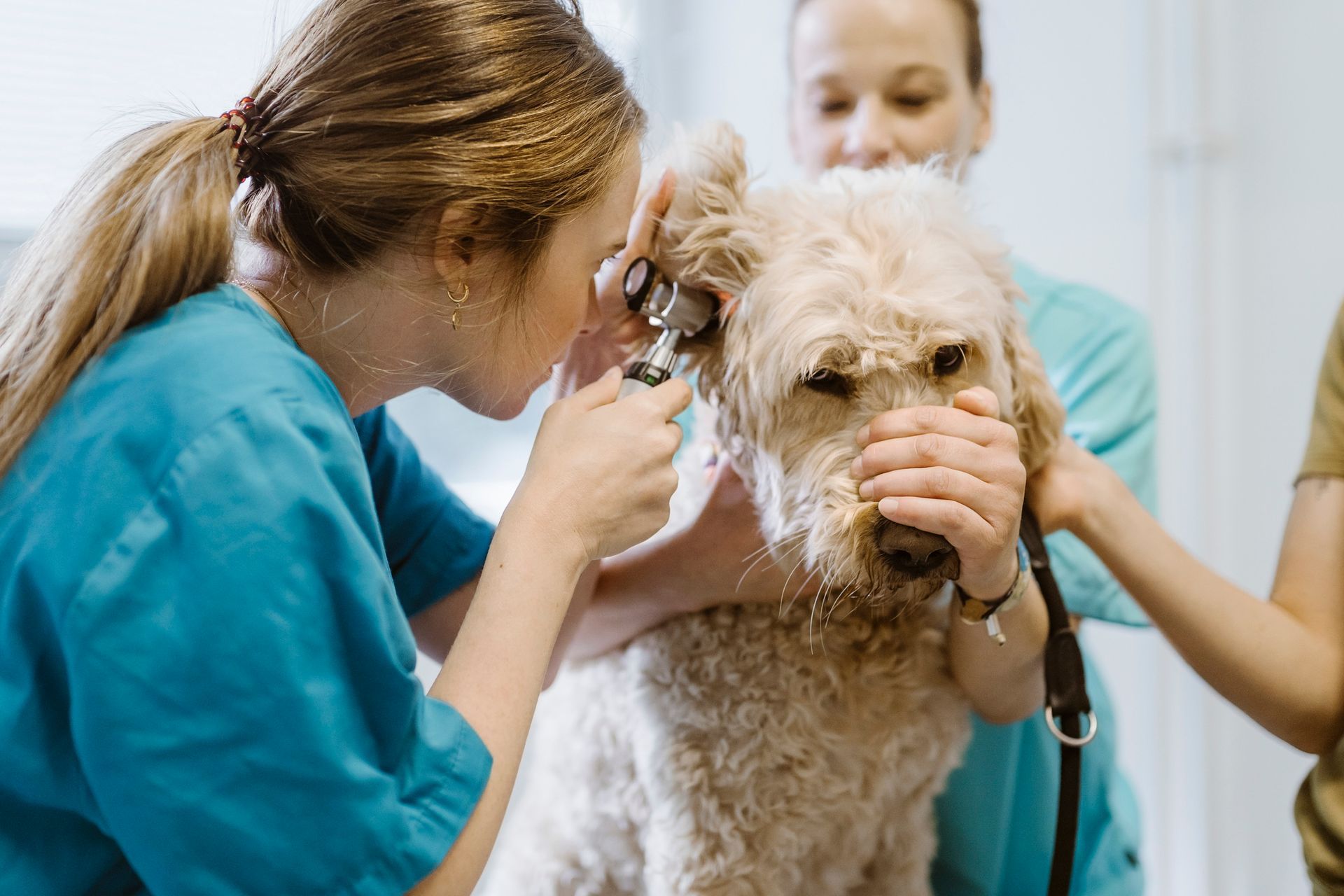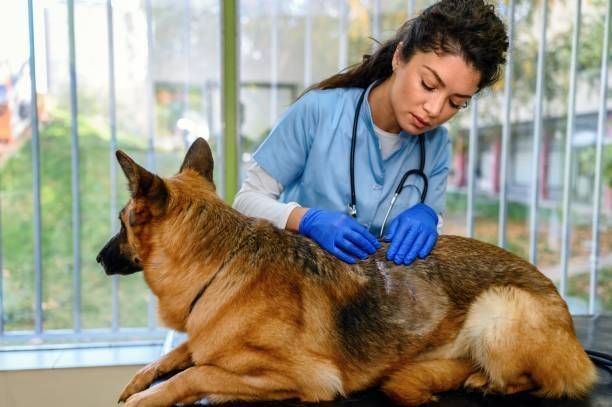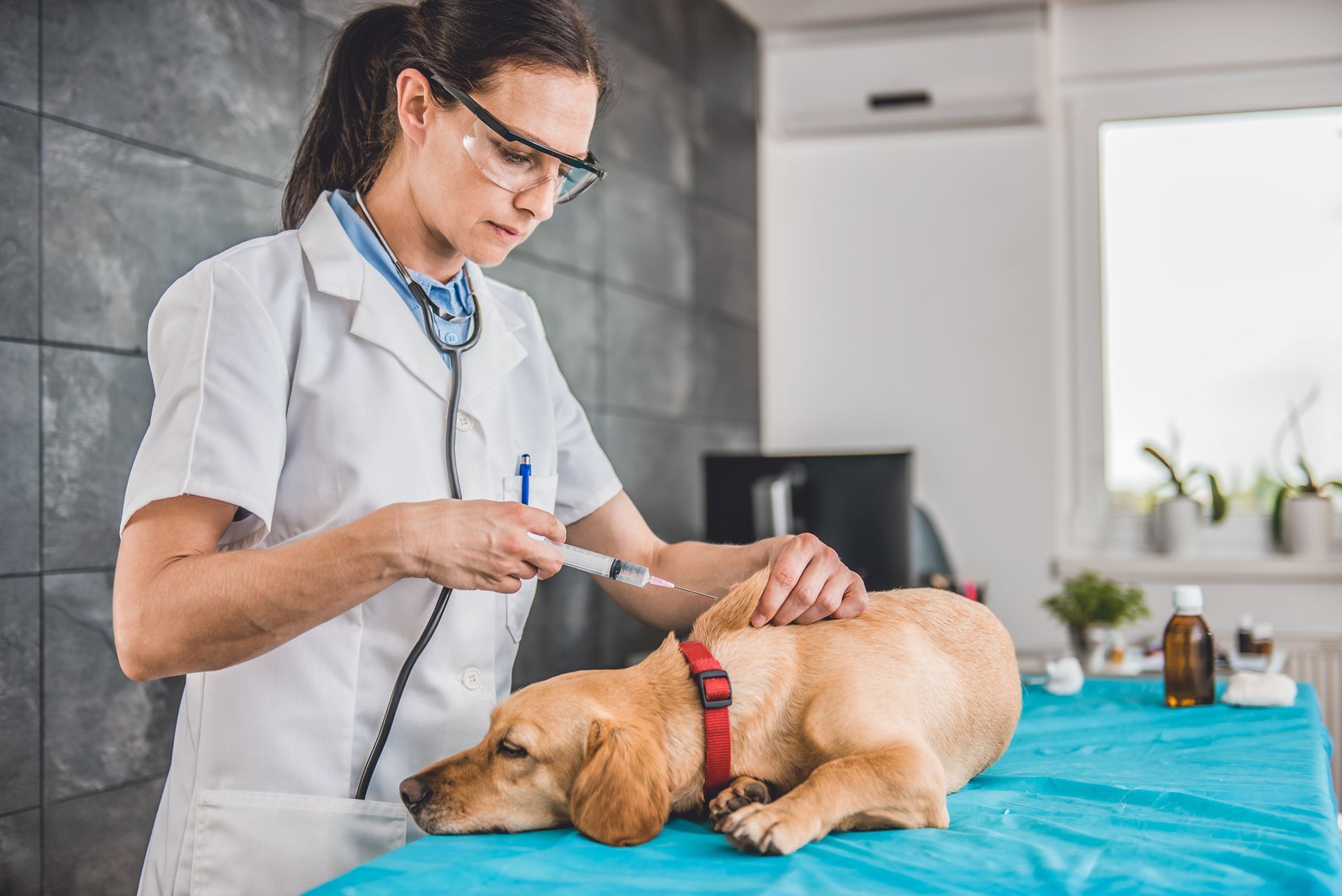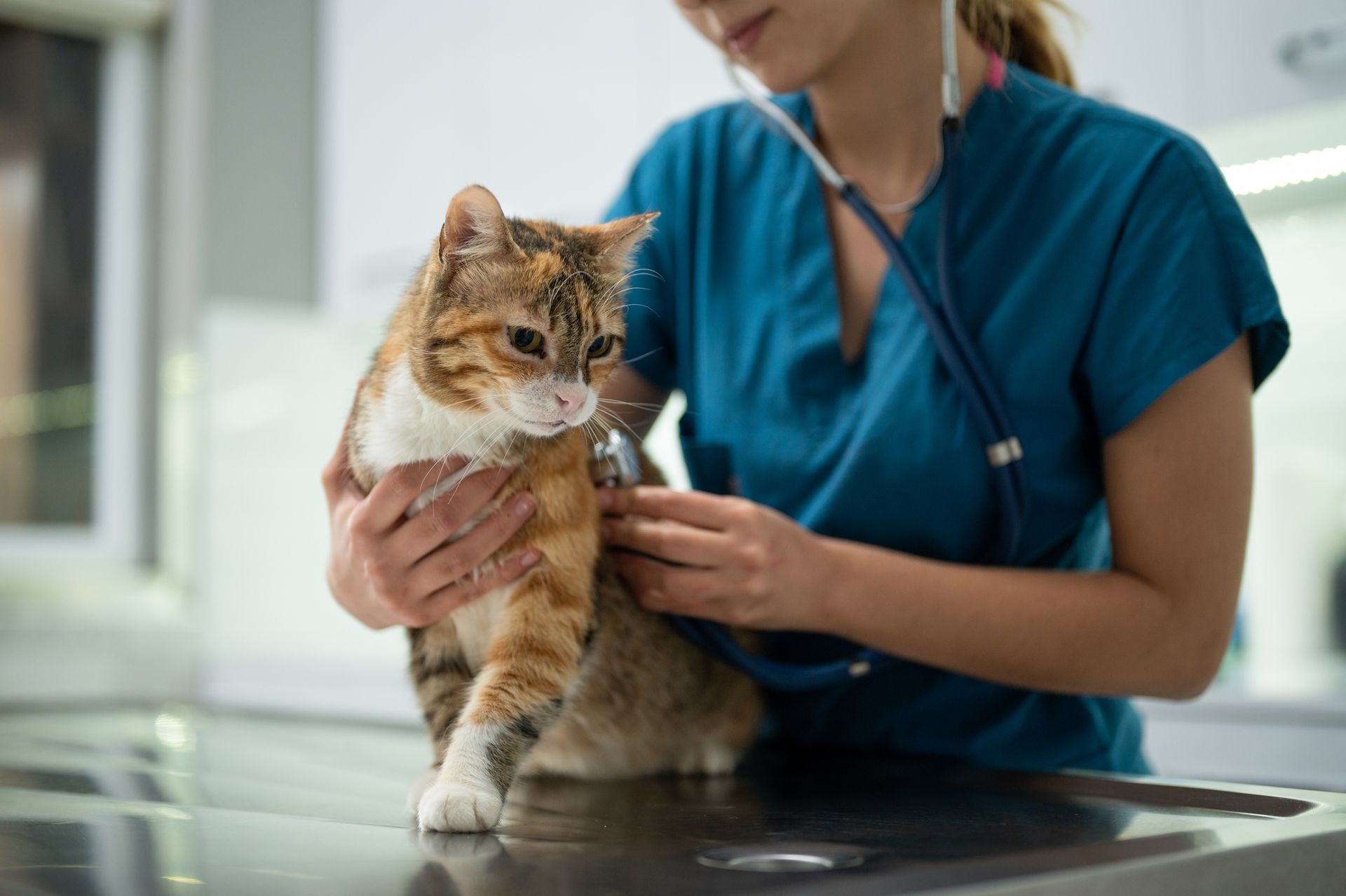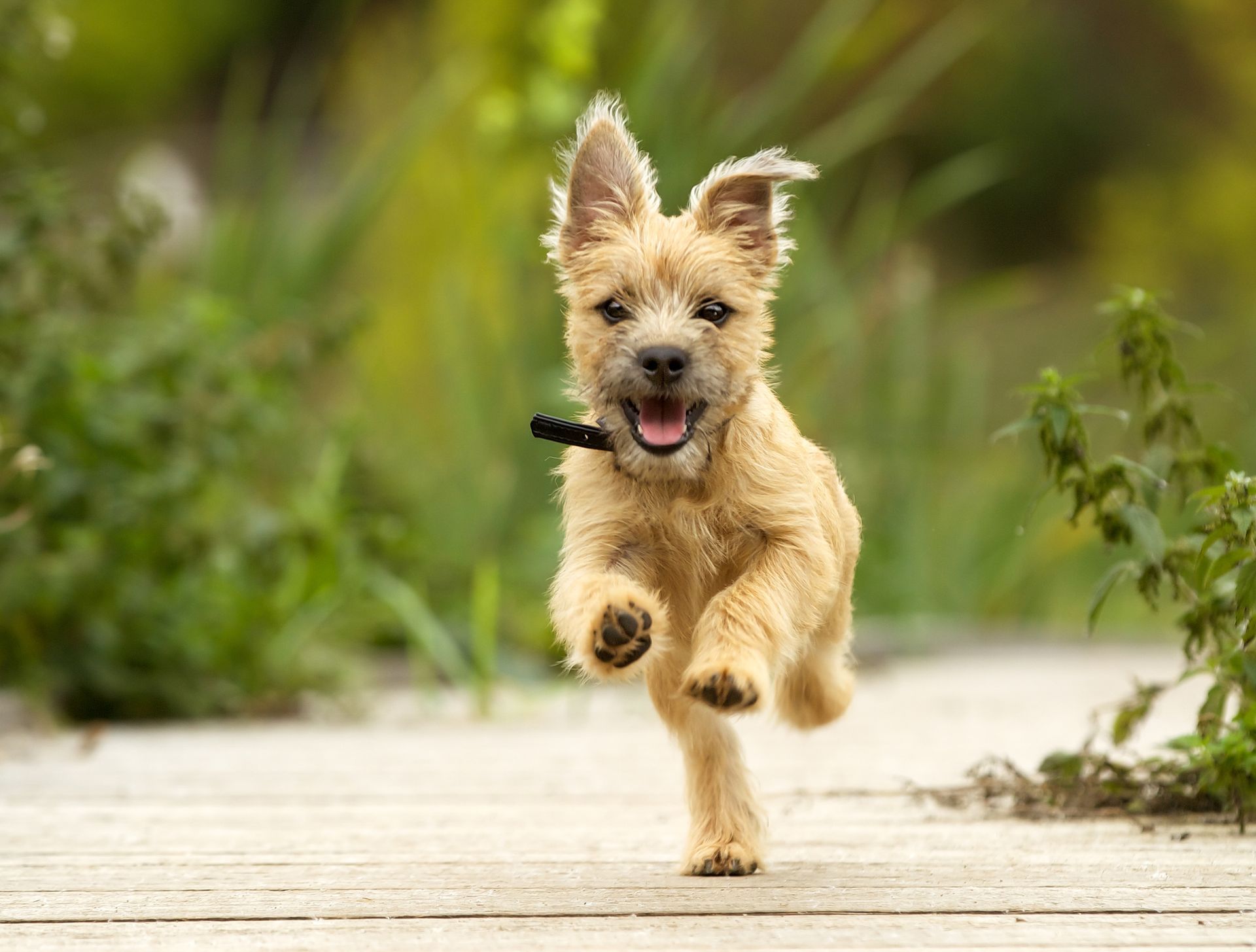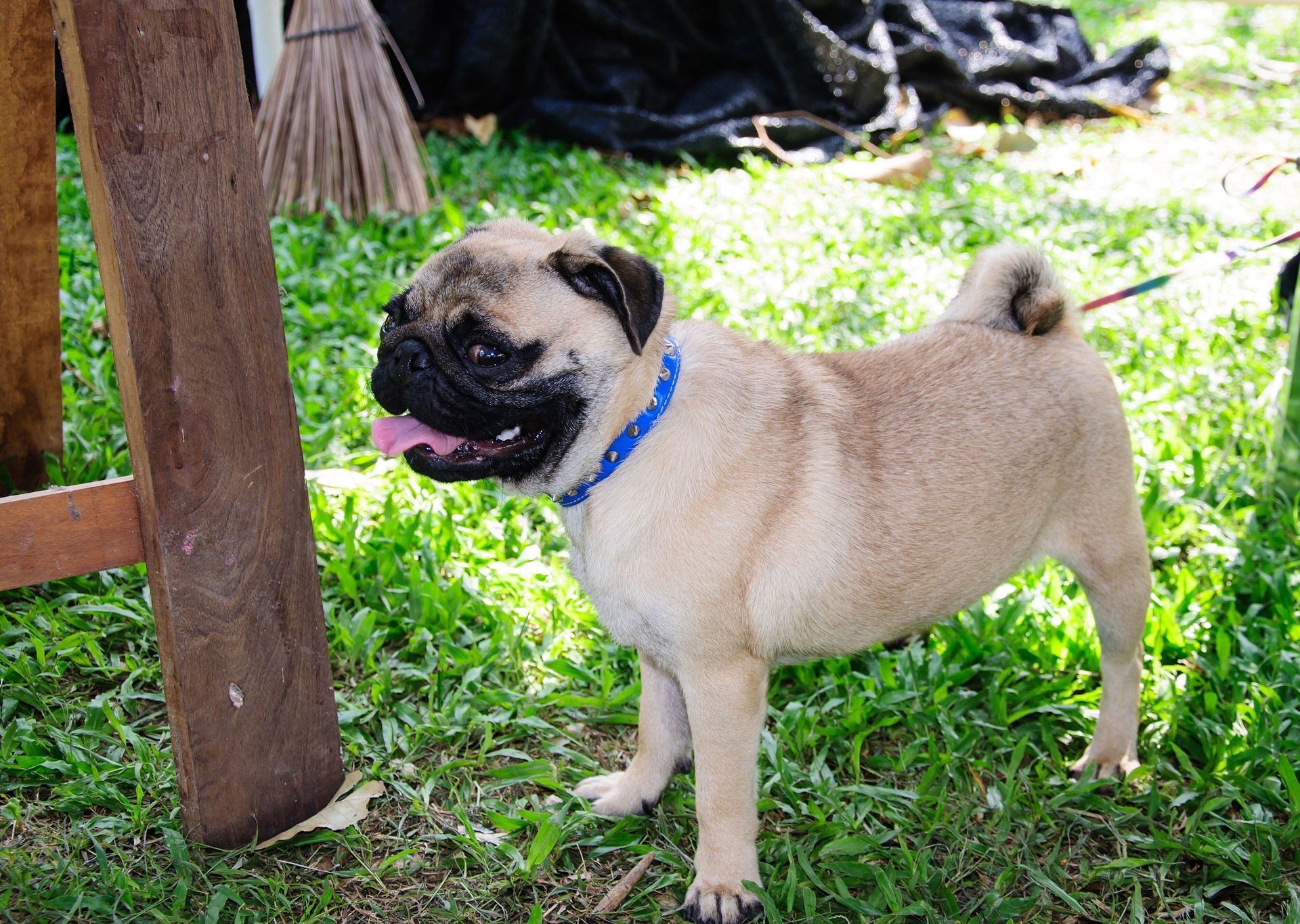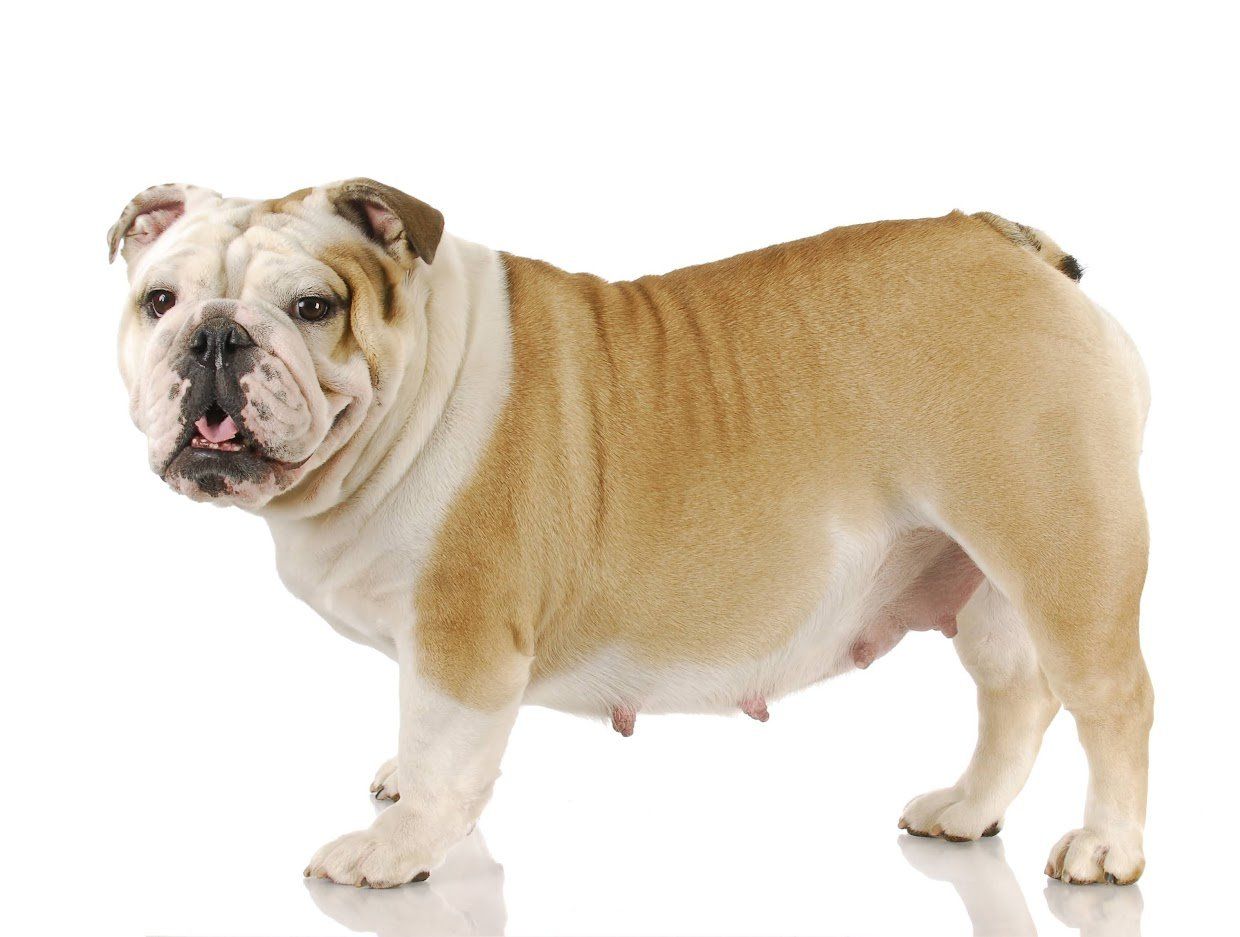Diet and Exercise Tips to Keep Your Pet in Fit Shape

An effective way to keep your pet healthy and strong is to provide balanced nutrition and regular exercise. If you would like some tips on how to sustain a healthy diet and provide good exercise, explore general tips for people with pets.
Regular Exercise
Just as humans need exercise to regulate their body mass index, pets also need a proper outside environment to walk, run and play. Regular exercise will ensure your pets receive sufficient physical activity to maintain a good body mass index, which can help avoid or manage heart, liver, and kidney problems.
Small rodents like hamsters and mice can exercise in a small container or room with a runner wheel and a miniaturized course. Small rodents require less supervision during their exercise, as they can initiate it without suggestion or training.
Unlike rodents, which can receive adequate exercise with a customized playground, larger canines often need the benefits of a larger environment to exercise to their heart's content. Therefore, a park stroll or morning jog with your dog will expend adequate energy and fat to keep them healthy.
If you are a cat owner, you do not need to take your cat out personally. Cats require hunt-like exercise because, compared to dogs, their playful nature stems from their hunting skills. Therefore, games that involve hunting experiences like motorized toys, manual prey-like toys like feathers attached to a fishing line, and laser pointers can stimulate your cat.
Trained Food Intake
Pets need balanced and controlled food intake to receive adequate nutrients. Most pet owners will have two processed food options: dry and moisturized foods. Dehydrated foods require little to no maintenance to keep them fresh, which can help owners devise an automated food delivery system, create a feeding schedule, or serve their pets and allow self-feeding.
An automated food delivery system uses a programmed framework that provides food for your pets at set intervals. For cats and dogs, this system can pour your pre-programmed serving into their bowls during the day when you are away. A small feeder system based on the same principles can apply to rodents in their container habitat.
However, the owner could also try a self-feeding approach where they serve the pet with adequate food and let them decide when to feed. While this framework removes additional work to schedule feeding times, it could tempt pets to overfeed. Therefore, food rations and self-feeding should be synchronous in this approach.
Apart from food intake, ensure that your pets have access to clean water. Clean their bowls regularly, and change their water if sediments or other dirt appears in their water sources.
Most online resources provide a rough estimate of food proportions based on your pet's characteristics, such as age, breed, activity levels, physical conditions, and medical circumstances. For example, you can provide your dog with a serving of half a pound for every pound of body weight. The same principles often apply to cats as well.
However, the best formula is to evaluate your pet's consumption and metabolism rate and use a mixed strategy of autonomous feeding for dry foods and controlled portions for moisturized meals. If your pets become overweight, you can introduce a dieting regimen to control their food intake.
Consequently, you should provide your pets with a balanced diet, high nutritional value, and low fats.
No matter what your pet’s exercise and diet habits are, if your pets develop or exhibit health concerns, visit a veterinary clinic to assess the underlying issue further. Contact Baywood Animal Hospital today for animal health services. We look forward to seeing you and your pet soon.

